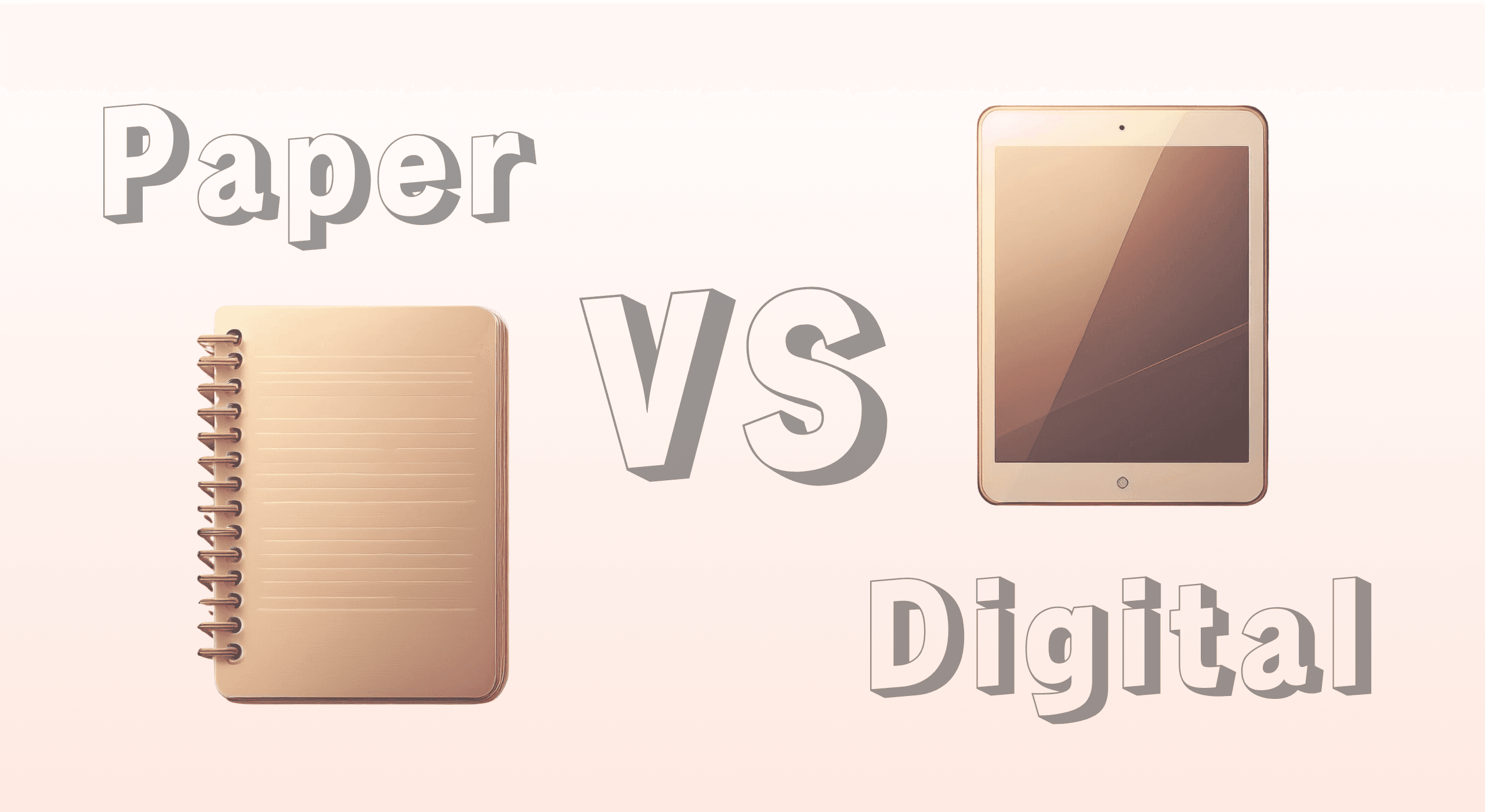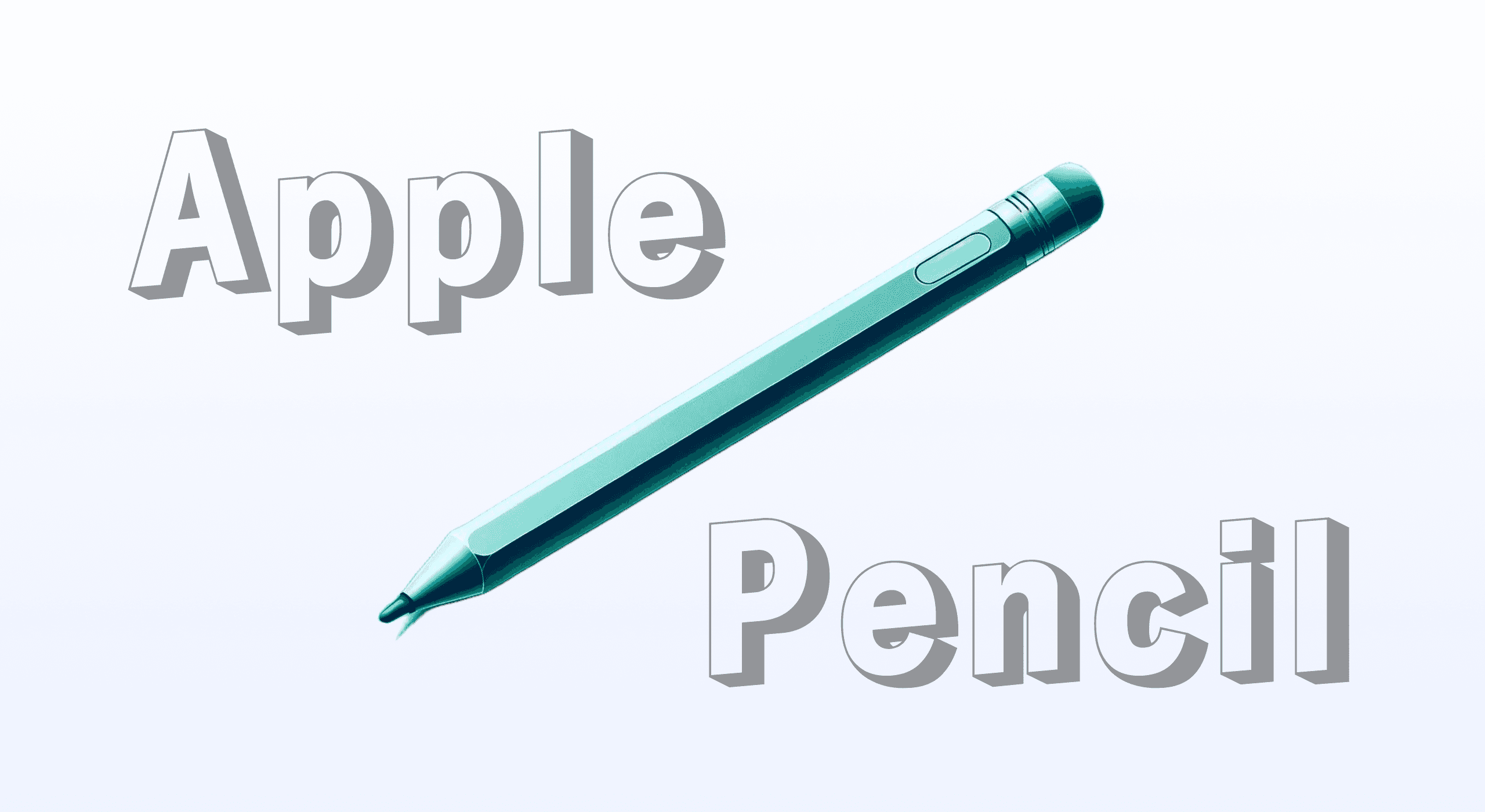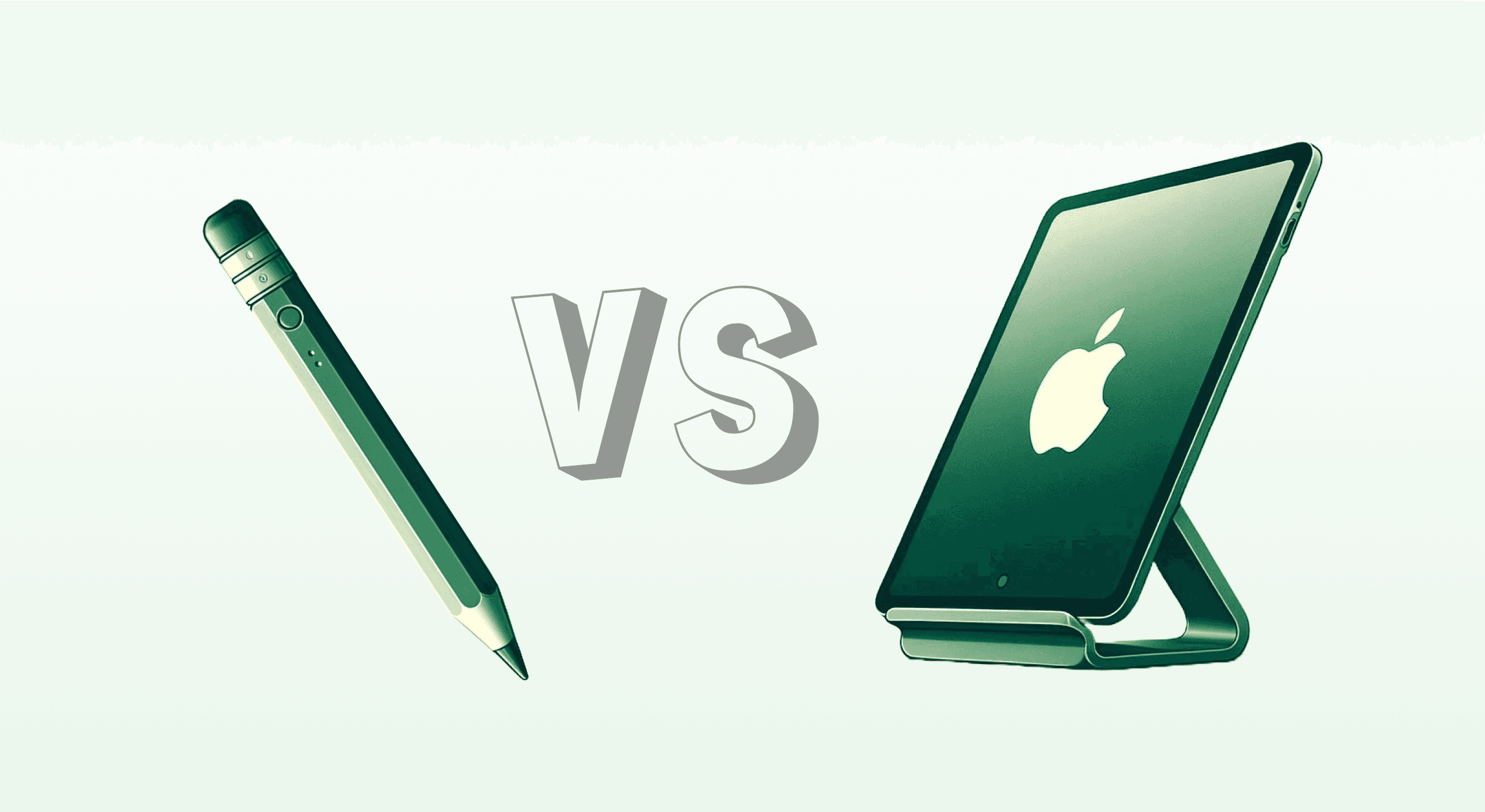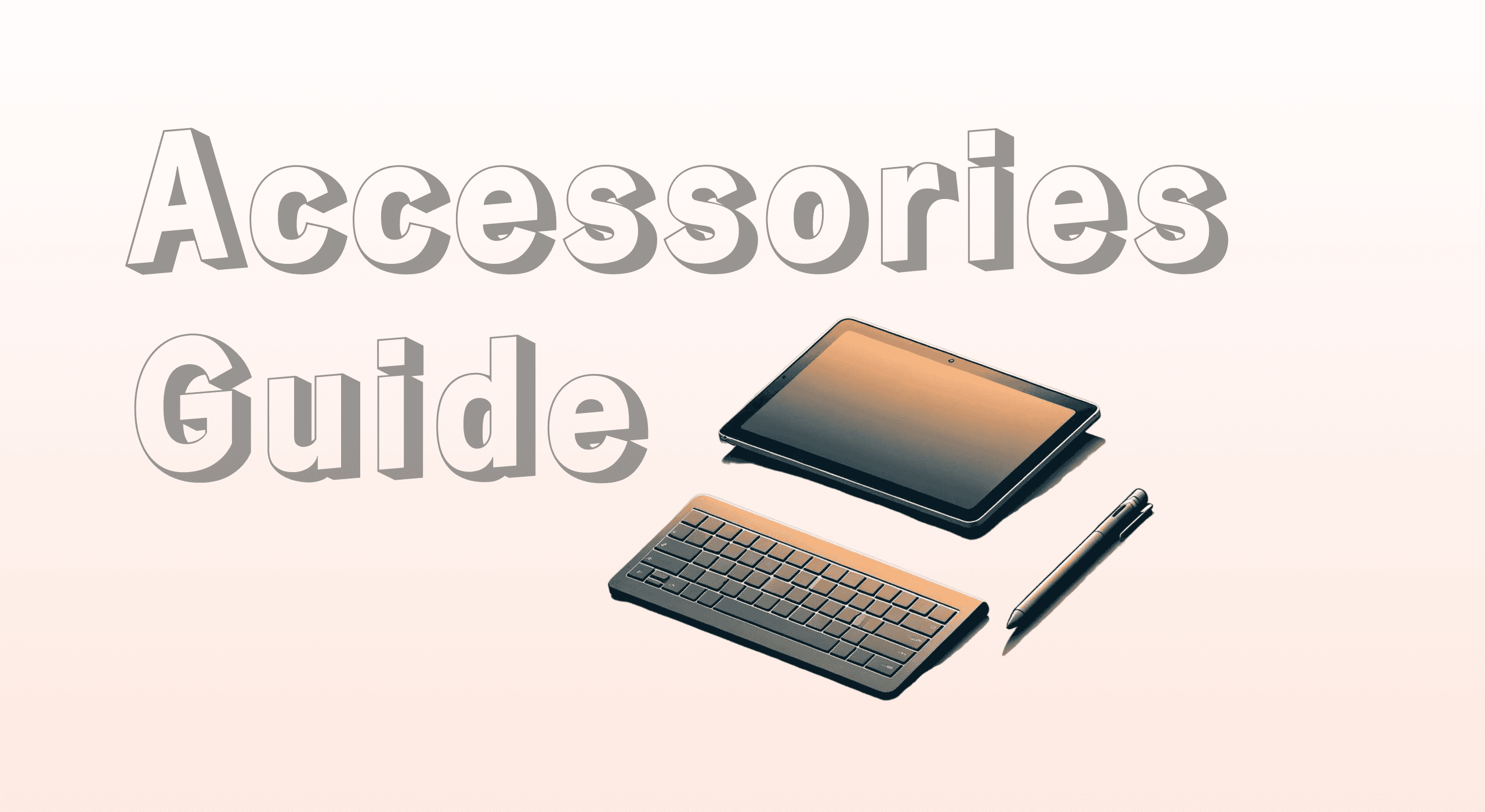In today’s fast-paced world, staying organized is essential for managing both personal and professional commitments. But when it comes to choosing between a digital planner vs paper planner, which system is right for you? Both physical and electronic planners have unique benefits that can help with productivity, but which one aligns best with your lifestyle and goals?
This article will dive into the pros and cons of planning systems, highlighting key features, digital planning benefits, and why some users still prefer the distraction-free planning experience of a paper planner. Whether you're leaning toward tech or tangibility, this guide will help you choose the best planning method for your needs.
Advantages and disadvantages of digital planners
As digital tools grow in popularity, digital planners offer flexibility and convenience that are hard to ignore. Popular apps provide access to your planner across multiple devices, making organization more accessible than ever before.
Pros of digital planning
Accessibility and syncing across devices
With a digital planner, you can access your tasks, to-do lists, and events anytime, anywhere. Your planner is available on your phone, tablet, or computer, making it ideal for those who frequently switch between devices. This is one of the major digital planning benefits—you’ll never be without your schedule.
Automation and smart reminders
Digital planners excel at automating tasks and reminders. Whether it’s a deadline or a recurring event, you can rely on smart notifications to keep you on track. If you're looking to increase your productivity, read our tips on how to maximize productivity with a digital planner. No more worrying about checking your planner—digital tools do it for you.
This level of automation makes them an excellent choice for professionals managing a complex calendar.
Cost-effective and sustainable
A digital planner can be a one-time purchase or even free, compared to physical planners that need to be repurchased every year. Plus, a digital tool cuts down on paper waste, making it a sustainable option for environmentally conscious users.
Cloud backup and security
Digital planners ensure your data is securely backed up in the cloud. Even if you lose your device, your information remains safe and accessible, which is not the case with paper planners that are gone forever if misplaced.
Cons of digital planning
Distractions and focus issues
One of the biggest drawbacks of digital planners is the potential for distractions. Opening your planner on a device means you're just a click away from social media, emails, or other digital temptations. This can derail productivity, especially if you struggle with staying focused.
Technical glitches
Digital tools, while efficient, are not foolproof. Glitches, crashes, or syncing issues can lead to frustration, and if your device loses battery, you’re temporarily cut off from your planner.
For a deeper look into the benefits and drawbacks, check out our article on the pros and cons of digital planning.
Why use a paper planner?
Despite the allure of technology, many people still prefer the simplicity and focus that comes with using a paper planner. The tactile satisfaction of writing things down has proven to improve memory retention and reduce screen fatigue, making it a popular choice for users seeking distraction-free planning.
Pros of paper planning
Improved memory and focus
Writing by hand strengthens memory retention, helping you remember tasks better than typing them out digitally. The physical act of writing forces your brain to engage more deeply, making a physical planner a great tool for boosting focus.
Reduced screen time
If you’re looking to minimize screen exposure, a paper planner offers the perfect escape. It allows you to unplug and focus on planning without the distractions of digital notifications.
Tangible accomplishment
The physical act of checking off tasks provides a real sense of accomplishment. A paper planner becomes a visual record of your progress, offering motivation as you see pages fill up with completed goals.
Creative customization
Paper planners allow for more creativity and personalization, from colorful pens and stickers to custom layouts. For those who enjoy hands-on planning, a physical planner offers the opportunity to create a visually appealing and unique organizational tool.
Cons of Paper Planning
Limited portability
While some enjoy the physicality of a paper planner, its bulkiness can be a drawback. Carrying it around isn’t always convenient, and if left behind, you lose access to your schedule.
No automation
Unlike digital planners, a paper planner doesn’t come with reminders, alarms, or collaboration tools. You’ll need to manually check and update your tasks, making it harder to stay on top of deadlines.
Cost and environmental impact
While paper planners can be aesthetically pleasing, they need to be repurchased annually, which can add up. Additionally, they contribute to environmental waste, especially if you frequently change planners.
How to combine digital and paper planning
For those who struggle to decide between the digital planner vs paper planner, why not consider a hybrid solution? Combining both tools can offer the best of both worlds. Digital planners and organizers are being used for its automation and reminders, while paper planners are utilized for goal-setting, reflection, or creative journaling.
How to combine paper and digital planning
Use an electronic planner device for time-sensitive tasks, recurring events, and collaboration with others.
Use a paper planner for note-taking, brainstorming, and reflective planning to focus on long-term goals and personal growth.
This hybrid approach allows you to enjoy the flexibility and convenience of electronic planning, while also reaping the benefits of distraction-free planning and mindfulness with a physical planner.
Choosing the best planning method for you
When deciding between a paper vs digital planner, it’s essential to consider your unique needs and preferences. Here are a few questions to guide your decision:
Do you need reminders and real-time updates?
If yes, a digital planner will provide you with the automation and flexibility you need.
Do you prefer to write things down to boost memory?
If so, a paper planner might be the better option for staying focused and reducing distractions.
Are you environmentally conscious or tech-savvy?
Digital planners offer a sustainable option with no need for annual replacements, while physical planners can be creatively customized but less eco-friendly.
How about a mix of both?
For many, the ideal solution is to combine digital and paper planners. This allows you to enjoy the functionality of digital tools without losing the tactile benefits of physical planning.
Final thoughts
Choosing between a digital vs plaper planner ultimately comes down to what works best for your lifestyle. Whether you prefer the tech-savvy convenience of digital tools or the creative, mindful experience of a paper planner, the most important thing is to find a system that helps you stay productive and organized.
In the end, your planning tool should enhance your life, reduce stress, and help you achieve your goals—whether you stick with a trusted notebook or embrace the latest tech in productivity tools. And if you decide to get your planner electronic, make sure to search for the best digital planners online!



